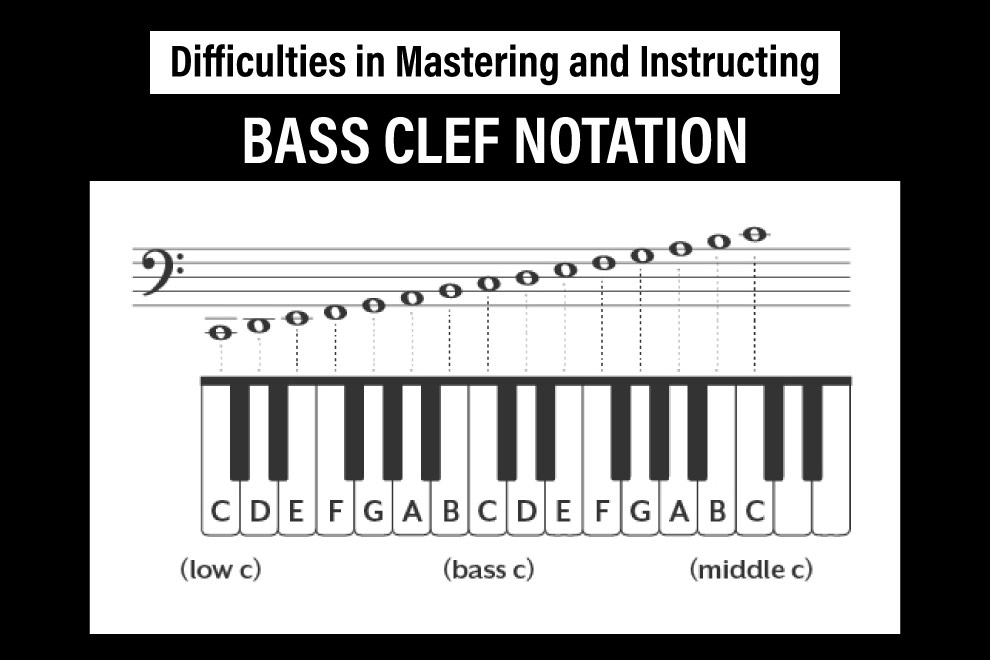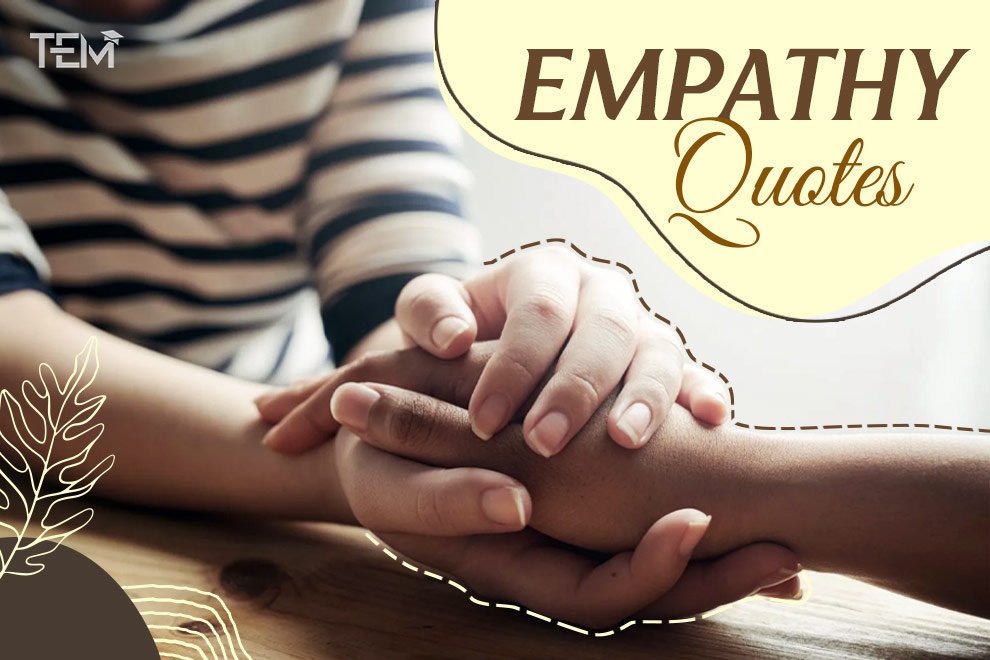In music education, the bass clef is an essential component of a comprehensive musical foundation. It is the key to unlocking the rich, lower registers of the musical spectrum for students. The bass clef serves as a guide for reading and understanding the lower notes that are critical for playing a wide array of instruments.
From the deep tones of a cello to the rhythmic bass lines of a jazz ensemble, mastering the bass clef is fundamental to developing a well-rounded musical skill set. It not only aids in the interpretation of written music for bass-heavy instruments but also enriches a student’s appreciation for the harmonic support that these instruments provide in an ensemble setting. The bass clef, therefore, is not just a symbol on a staff but a cornerstone of musical literacy and expression.
Understanding the Bass Clef
Understanding the bass clef is a pivotal step in musical education, particularly for students of instruments like the piano that span both treble and bass clefs. The bass clef notes occupy the lower stave of sheet music, and its mastery is necessary for reading and playing the left-hand parts of piano compositions.
Teachers often employ mnemonics to help students memorize the lines and spaces of the bass clef, such as “Great Big Dogs Fight Animals” for the lines, representing the notes G, B, D, F, and A, and “All Cows Eat Grass” for the spaces. These simple phrases make the process of learning bass clef notes engaging and more manageable for beginners.
Common Challenges for Students
One common challenge for students when learning the bass clef notes is confusion with the treble clef, as many are more familiar with the latter due to its use for right-hand piano parts and melodies.
This confusion can lead to difficulty in playing hands together. To overcome this, teachers might isolate the bass clef practice initially, using hand-separation techniques to build confidence and familiarity. Gradual integration of both hands is key, with simple exercises designed to reinforce the distinct roles of each hand within the clef’s framework.
Note Recognition Strategies
Note recognition strategies for the bass clef are crucial to develop fluency in reading music. Educators often use
- flashcards
- interactive games
- note-naming worksheets
to reinforce learning. Additionally, the incorporation of technology with music learning apps can offer immediate feedback and a fun, interactive way to practice bass clef notes.
For piano learners, starting with simple bass clef melodies before progressing to more complex left-hand harmonies can build a strong foundational understanding. Regular sight-reading practice of bass clef passages also helps solidify students’ note recognition and reinforces their learning in a practical context.
More Bass Clef Learning Tips
The bass clef is composed of five lines and four spaces, each representing different musical notes. The notes on the lines from bottom to top are G, B, D, F, and A, while the notes in the spaces spell out A, C, E, and G. To aid in memorizing the notes in the spaces, the mnemonic “All Cows Eat Grass” can be incredibly helpful. This simple phrase correlates each word with the note names A, C, E, and G, respectively, starting from the bottom space and moving upward.
For some learners, certain mnemonics resonate more strongly than others. If “All Cows Eat Grass” doesn’t quite help you remember the notes, don’t hesitate to try out different ones. There are many creative phrases that students use, such as “All Cars Eat Gas” or “All Cats Eat Gophers.” The key is to find a mnemonic that is easy for you to recall and makes the learning process enjoyable.
Additionally, using mnemonics is just the beginning. To truly become comfortable with the bass clef notes, it’s essential to practice reading and playing them regularly. This might involve flashcards, note-naming exercises, or playing simple bass clef melodies on an instrument. Over time, these practices will help reinforce your memory and make note recognition in the bass clef second nature. The goal is to reach a point where you no longer need to rely on mnemonics because the note positions and their corresponding sounds have become ingrained in your musical understanding.
Practice and Repetition
Consistency in engaging with the bass clef notes through daily practice sessions helps students solidify their understanding and improves their sight-reading skills. Teachers often encourage students to start with simple exercises that focus on the bass clef and gradually increase complexity as confidence grows.
Repetitive drilling on scales, arpeggios, and chord progressions in the bass clef ingrains the fundamental structures of music into the student’s muscle memory and cognitive recognition, making the reading and execution of these notes more intuitive.
Integration of Technology
The integration of technology into music education has revolutionized how students learn the bass clef. Interactive software and applications that provide real-time feedback and gamified learning experiences make the process more engaging.
For example, piano learning apps often include a feature that listens to the student play and highlights errors in bass clef note reading, allowing for immediate correction and learning. This technology can also track progress over time, providing students with a sense of accomplishment as they watch their bass clef proficiency improve.
Final thoughts
In conclusion, mastering the bass clef is a fundamental aspect of music education that opens up a world of deep harmonies and rhythms for students. Through practice and repetition, students internalize the placement and sound of each note, while technology serves as a supportive tool, making learning interactive and responsive.
These strategies collectively ensure that students not only memorize bass clef notes but also develop a lasting ability to interpret and perform music with depth and understanding. Ultimately, proficiency in the bass clef is not just about reading notes; it’s about enriching a student’s musical journey and empowering them to express the full range of emotions that music can convey.
ALSO READ: Chick Corea: A Legendary and Cherished Jazz musician


